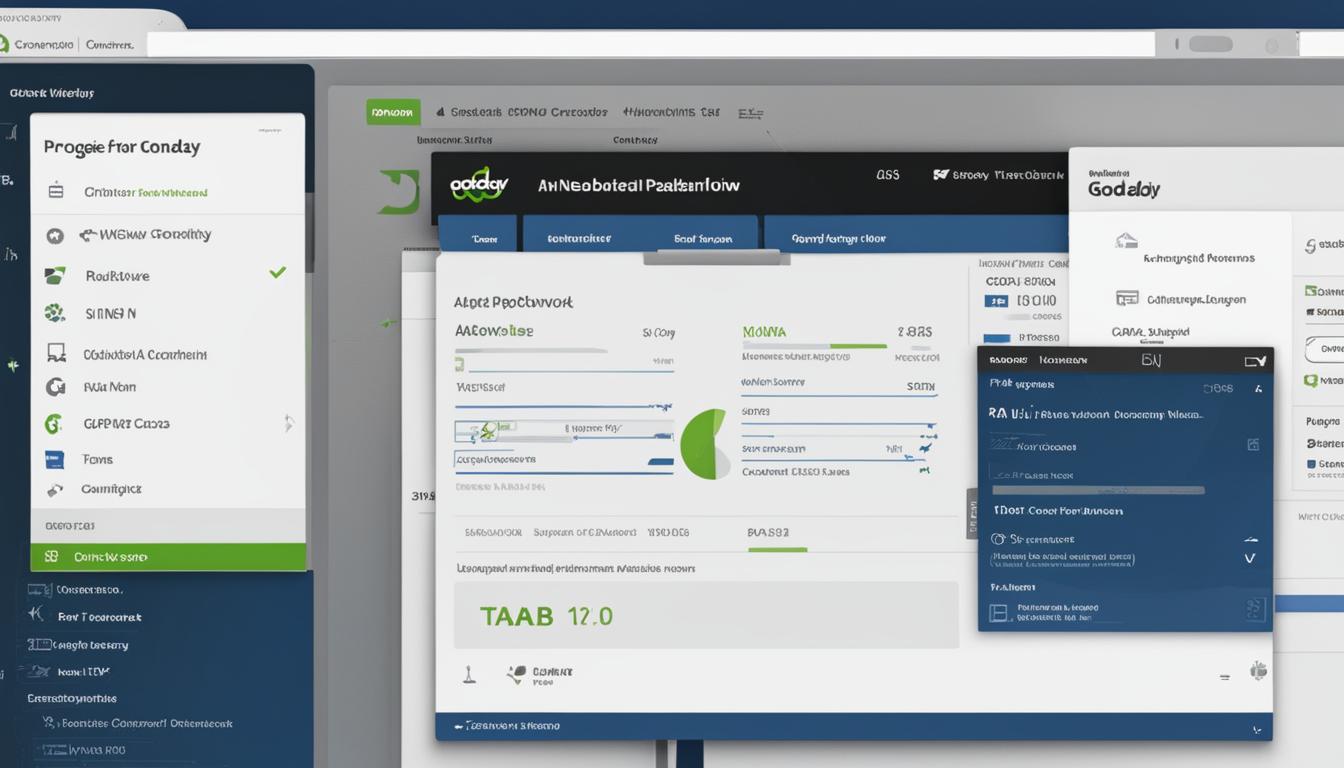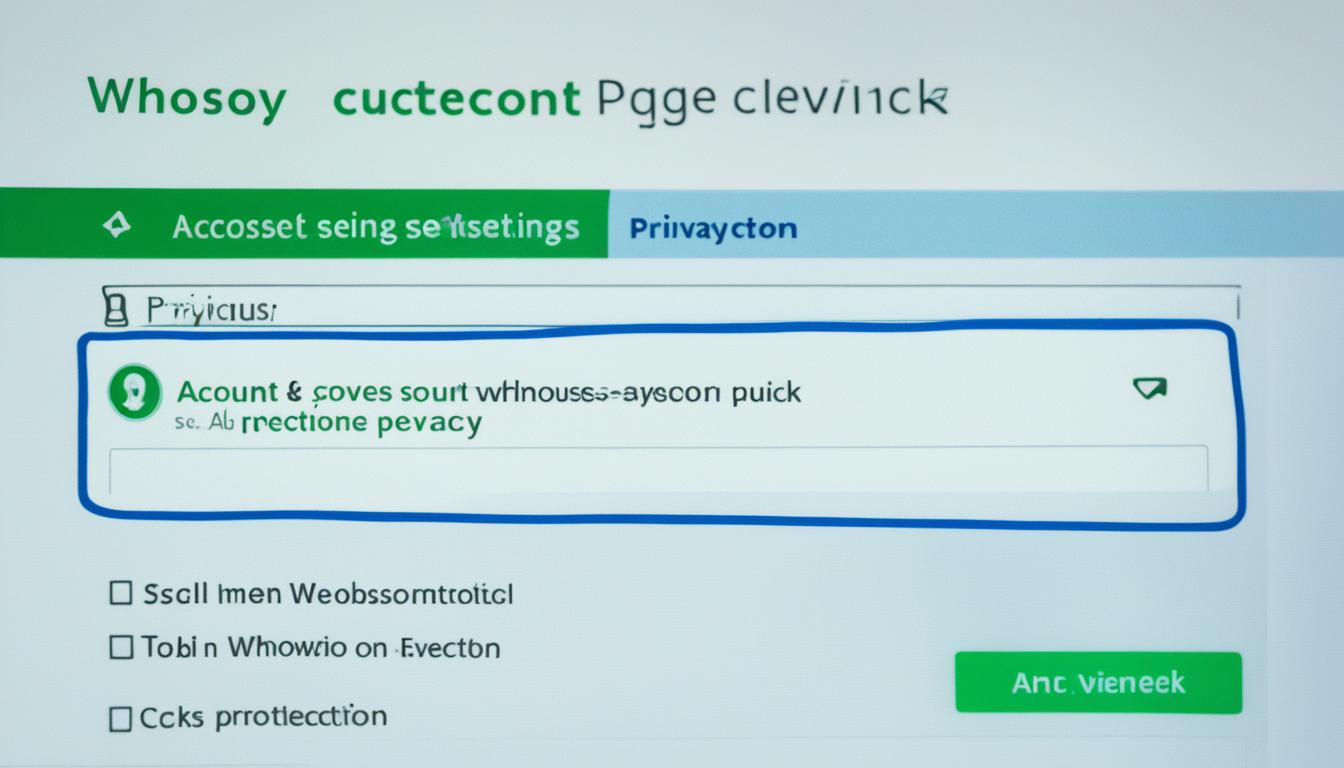How to find out who is managing my DNS records?
Did you know that more than 50% of website owners have no idea who is managing their DNS records? Your DNS (Domain Name System) is a critical component of your online presence, responsible for translating your domain name into an IP address and directing traffic to your website. Understanding who is in charge of managing your DNS records is essential for troubleshooting issues and making necessary updates.
Key Takeaways:
- Knowing who is managing your DNS records is crucial for troubleshooting and making updates.
- Check your authoritative DNS servers to find out your DNS hosting provider.
- Popular DNS hosting providers include GoDaddy, Amazon Route 53, and Cloudflare.
- To change your DNS hosting provider, modify the Name Servers in your domain registrar’s control panel.
- You can find your DNS host by performing a search on websites like who.is.
How to Check Your DNS Hosting Provider
When it comes to managing your domain’s DNS records, it’s important to know who your DNS hosting provider is. To determine this, you can check the authoritative DNS servers listed in your domain’s NS (Name Server) records. Here’s how you can do it:
- Access your domain’s NS records: Go to your domain registrar’s control panel or DNS management console.
- Locate the NS records: Look for the section where the NS records are listed. These records specify the authoritative DNS servers for your domain.
- Verify DNS server values: Take note of the DNS server values listed in the NS records.
- Use a public DNS checker: Visit a public DNS checker tool like MxToolbox and enter your domain name.
- Perform a DNS check: Run a DNS check using the tool, and it will display the name server values it detects for your domain.
- Compare the results: Compare the name server values provided by the DNS checker with the ones listed in your NS records.
If the DNS checker’s results match the name server values in your NS records, you can identify the DNS hosting provider responsible for managing your domain’s DNS records.
By following these steps, you can easily determine your DNS hosting provider and ensure proper domain name system management verification.
List of Popular DNS Hosting Providers
When it comes to DNS hosting providers, there are several popular options to consider. These providers offer reliable DNS services and robust features to help you manage your domain’s DNS records effectively. Here are some of the most well-known DNS hosting providers:
| Provider | Name Servers |
|---|---|
| GoDaddy | NS1.PARKLOGIC.COM NS2.PARKLOGIC.COM NS3.PARKLOGIC.COM |
| Cloudflare | IRMA.NS.CLOUDFLARE.COM JAY.NS.CLOUDFLARE.COM EDNA.NS.CLOUDFLARE.COM |
| Bluehost | NS1.BLUEHOST.COM NS2.BLUEHOST.COM |
| HostGator | NS1.P13.DYNECT.NET NS2.P13.DYNECT.NET NS3.P13.DYNECT.NET |
These providers offer a range of DNS hosting services, including DNS record management, DNS propagation monitoring, and advanced security features. Whether you’re a small business owner or a seasoned web developer, these DNS hosting providers can cater to your specific needs.
If you’re unfamiliar with DNS hosting or want to explore other options, it’s wise to check out these reputable providers and compare their features and pricing before making a decision. Remember, choosing the right DNS hosting provider is crucial for ensuring optimal performance and reliability for your website.

Changing Your DNS Hosting Provider
If you’re considering a change in your DNS hosting provider, you’ll need to go through a few essential steps to ensure a smooth transition. By following these guidelines, you can successfully transfer your DNS records and update your Name Servers to switch to a new provider.
- Step 1: Modify Name Servers in your Domain Registrar’s control panel:
- Step 2: Obtain new Name Server values from your new DNS hosting provider:
- Step 3: Transfer DNS records from your current provider:
Access your Domain Registrar’s control panel, where you initially registered your domain. Locate the section to modify Name Servers. Replace the existing Name Servers with the ones provided by your new DNS hosting provider. Save the changes.
Contact your new DNS hosting provider and request the necessary Name Server values from them. They will provide you with the specific Name Servers that you need to update in your Domain Registrar’s control panel.
To ensure uninterrupted service, it’s crucial to transfer all your DNS records from your current DNS hosting provider to the new one. Log in to your current provider’s control panel and make note of your existing DNS records.
Recreate these records in your new DNS hosting provider’s control panel, using the same information (e.g., IP addresses, MX records, etc.). This will ensure that all your domain’s DNS settings are preserved and functional with the new hosting provider. Don’t forget to save any changes you make.

By following these steps, you can smoothly change your DNS hosting provider, transfer your DNS records, and update your Name Servers. This transition will allow you to benefit from the services provided by your new DNS hosting provider while preserving your domain’s DNS settings and minimizing downtime.
| DNS Hosting Provider | Name Servers |
|---|---|
| Provider 1 | ns1.provider1.com ns2.provider1.com |
| Provider 2 | ns1.provider2.com ns2.provider2.com |
| Provider 3 | ns1.provider3.com ns2.provider3.com |
Finding Your DNS Host
If you’re wondering who is managing your DNS records, there are ways to determine your DNS host. By visiting websites like who.is and performing a search for your domain, you can access valuable information about your DNS hosting provider.
When you conduct a search, pay attention to the Name Servers section in the search results. This section will indicate the location of your DNS host. If you see server names like NS.RACKSPACE.COM or DNS1.STABLETRANSIT.COM, chances are Rackspace is your DNS host.
By utilizing these search tools, you can quickly locate your domain’s DNS host and gain valuable insights into your DNS management. Remember, understanding your DNS hosting provider is essential for ensuring the proper functioning of your website and online presence.
FAQ
How can I find out who is managing my DNS records?
How do I check my DNS hosting provider?
Can I change my DNS hosting provider?
How can I find a list of popular DNS hosting providers?
How do I determine my DNS host?
- SEO for Entry Door Services - April 24, 2025
- Boosting Property Value: Why Halifax Windows and Doors Are a Smart Investment - April 24, 2025
- The Business Cost of Injury: Why Personal Injury Law Matters in a Financial World - April 16, 2025





















Post Comment
You must be logged in to post a comment.